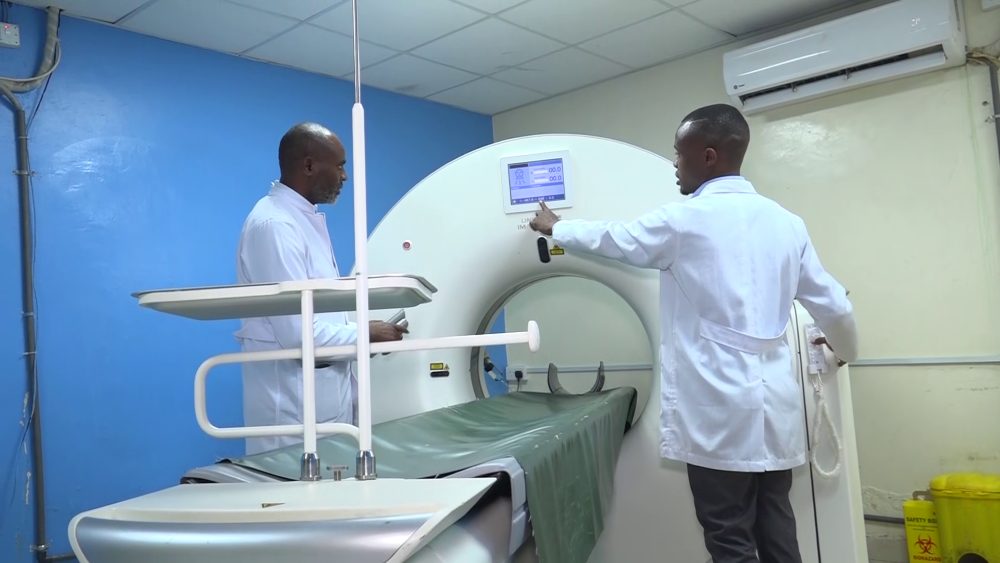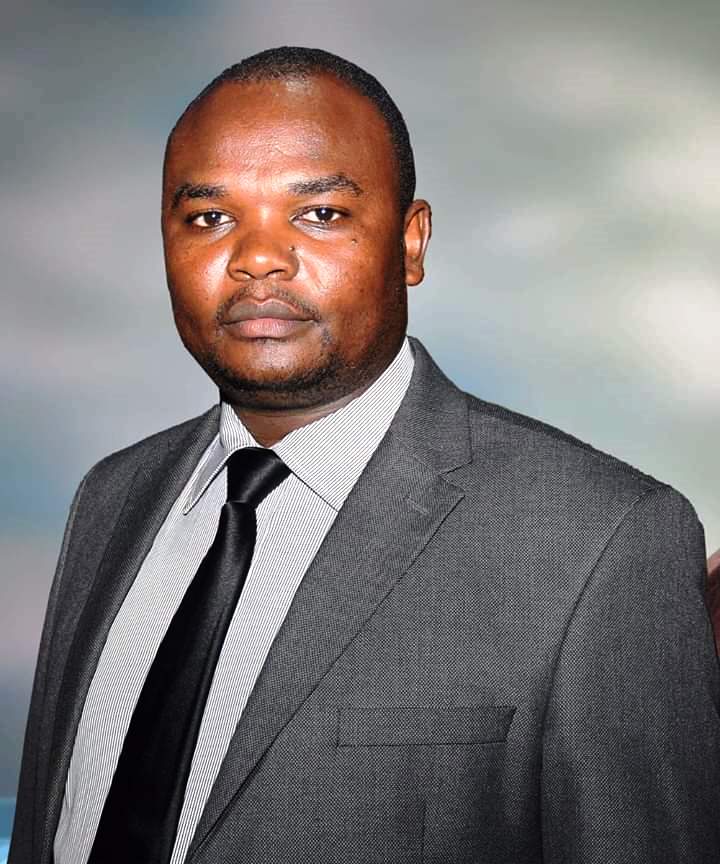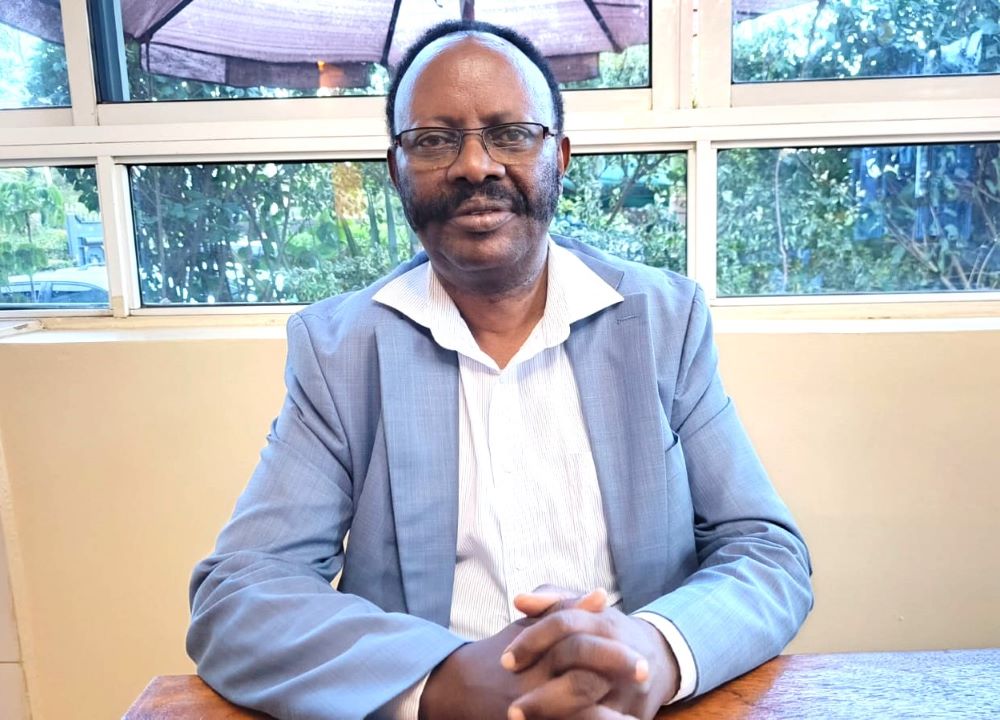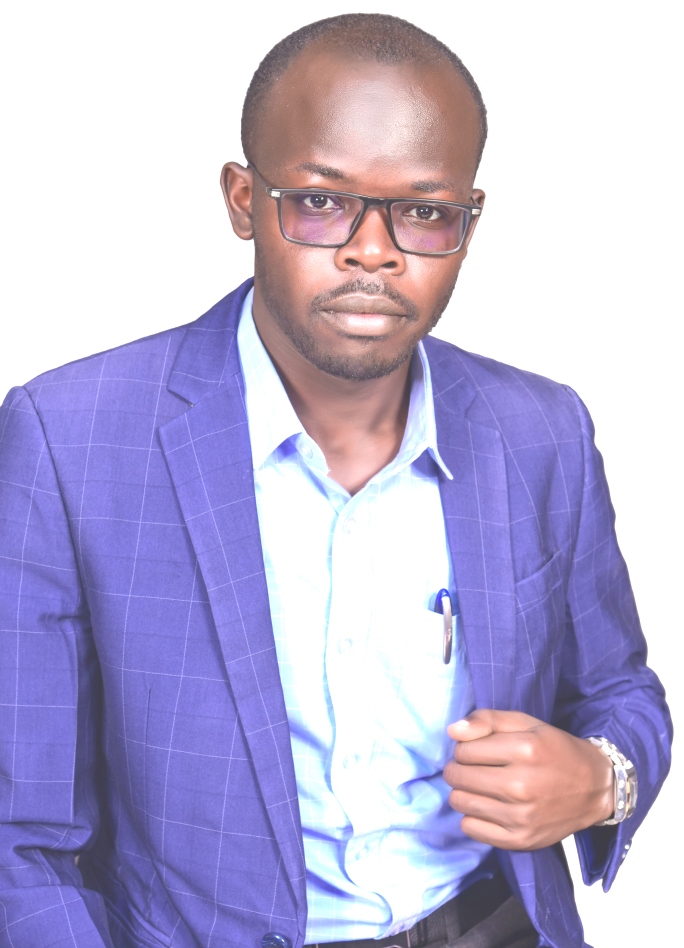Motorcycle accidents in the country have increased at alarming rates, claiming thousands of lives over the past years and leaving others crippled.
Despite motorbikes now being a major part of the country’s micro-economy and a source of livelihood for many, particularly thousands of unemployed youths, the two-wheelers have proved to be a double-edged sword.
Data released on Monday by the National Transport and Safety Authority (NTSA) indicates that close to 4,200 people have died on Kenyan roads this year. One thousand eighty-five of them are motorcyclists, with motorcyclist deaths alone rising 9.15 per cent compared to last year.
The report released by acting NTSA Director General Angela Wanjira indicated that between January 1 and November 13, 2025, Kenya recorded 21,042 road crash victims, including 4,195 fatalities, a 2.9 per cent increase from 4,077 deaths in the same period last year. Slight injuries rose by 11.4 per cent to 6,959 cases, while serious injuries fell by 2.8 per cent to 8,888 cases.
The increasing motorcycle accidents have seen some public hospitals across the country dedicating specialised wards for motorcycle mishap victims, highlighting the scale of the crisis.
Riders who survive the crashes suffer devastating socio-economic challenges together with their families, including poverty from hospital bills and loss of income.
George Okello, 30, a rider operating within Makongeni Estate in Thika, Kiambu County, is lucky to have survived a horrendous crash that occurred on January 13, 2025.
He was hit from behind by a tuk-tuk after dropping off his passenger, and the tuk-tuk operator fled the scene, leaving him for dead. Well-wishers, however, rushed him to Thika Level Five Hospital, where he was attended to and his life was saved.
Despite sustaining spine and head injuries, Okello endured, though, after an extended stay at the Hospital. However, his life has never been the same again after the accident.
The father of three told journalists at his rented home in Makongeni that the carnage left him bedridden for months and that he could no longer provide for his family despite being the sole breadwinner.
He also noted that the accident left him in financial ruin since treatment for the severe injuries he sustained was exorbitant, and some of the medical services he required were not covered by the Social Health Authority (SHA). His family was forced to take loans and hold fundraisers to cover bills.
“The accident almost broke my family because we were even forced to sell the little assets we had because the bill was hefty. It left me in a financial dungeon because I could not even pay the motorbike loan,” he said.
Okello is, however, back on the road again. Still, the life-threatening injuries he suffered are hindering his operations since he cannot operate for many hours due to severe back pain. He said he was forced back on the road by the challenging economic situation at his home.
“I have to keep up with the struggle to sustain my young family. Even though I operate in pain, I still push myself and make between sh 300 to sh 500 per day for my family’s upkeep,” he said.
READ ALSO:
Narok East MP urges youth to enroll at Maasai Mara Technical & Vocational College
Paul Ngugi, another rider who survived a ghastly accident two years ago, had his life changed fundamentally and his ability to work altered. He lost his left leg in the carnage.
He said that at the time of the mishap, medics went on strike, further exacerbating his situation. He stayed in the hospital for two weeks without the requisite medical attention.
And just like Okell, Ngugi, who now has a prosthetic leg, is back on the road as a rider while alternating between riding and welding at a workshop in Ngoingwa, Thika. He says that the accident left him in an acute financial strain, and now he has to take risks and work to cater for his family’s needs.
Dr Daniel Somba, the Managing Director and Chief Radiologist of MIC Imaging Centre in Thika town, said motorcycle accidents have become rampant in the region, noting that about 90 per cent of the patients he sees daily are victims of two-wheeler accidents.
“In a day, we see about 15-20 victims of motorcycle accidents with different degrees of injuries,” he said.
Dr Somba noted that riders frequently sustain serious injuries, especially head injuries, fractures, spine injuries, and internal injuries, often due to a lack of proper safety gear like quality helmets.
“It is important to let people know that centres now run for 24 hours, like here at MIC imaging in Thika, we operate for 24 hours, and the importance of quick diagnosis is the outcome. For example, if you have head injuries and interventions are not done on time, you risk long-term problems and even loss of life,” Dr Somba said.
He noted that speeding, flaunting traffic rules, and riding under the influence have been the major causes of the carnage, adding that many riders operate without proper training or valid licenses.
As the country enters the high-risk travel period, Dr Somba called on all road users to adhere to the set traffic rules and to maintain respect while on the roads to reduce mishaps and save lives.
By Njoroge Kamau
You can also follow our social media pages on Twitter: Education News KE and Facebook: Education News Newspaper for timely updates.
>>> Click here to stay up-to-date with trending regional stories
>>> Click here to read more informed opinions on the country’s education landscape






